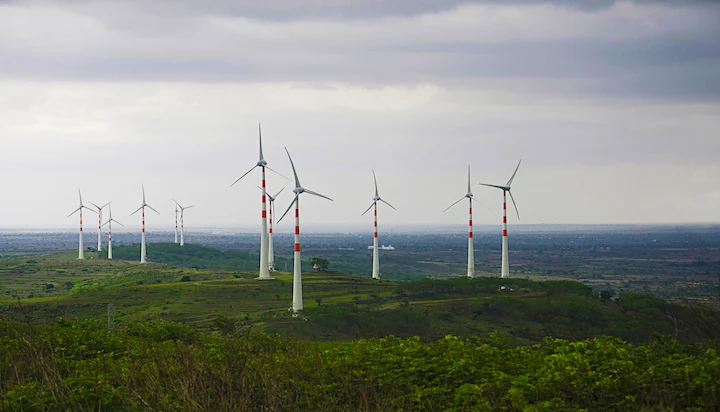India may delicense building of standalone battery storage systems; allow their sale, lease or hire; and permit the sale of stored power through power-purchase agreements (PPAs) and over exchanges, as part of its upcoming policy on energy storage systems (ESS).
A discussion paper on the policy also said the government could waive power transmission fees to sell and purchase electricity from these storage facilities.
The policy aims to achieve large-scale integration of renewable energy into the power system, as large storage facilities can help keep power grids stable since electricity is produced intermittently from clean energy sources such as solar and wind. The idea is to store cheap green power during off-peak hours in battery storage or hydro pump storages, and release it for consumption when the electricity demand increases.
Mint has seen a copy of the discussion paper.
“The policy aims at the creation of a technology-agnostic storage system across the value chain of the electricity sector viz. at generation, transmission, and distribution levels,” a 27 January statement by the power ministry said. The Union budget for FY23 proposed including energy storage systems such as dense charging infrastructure and grid-scale battery systems in the harmonized list of infrastructure. The steps in this direction align with India’s climate commitments at the Conference of Parties (COP-26) summit in Glasgow.
“Energy storage shall be an integral part of the power system, as defined u/s 2(50) of the Act,” and “Any developer may set up a standalone energy storage system (ESS). No license shall be required for such standalone ESS. However, such ESS will be registered with the appropriate commission,” the discussion paper read. According to the Central Electricity Authority (CEA), the country requires 27 gigawatts (GW) of battery storage by 2030 with four hours of storage and 10GW of hydro-pumped storage plants (PSP).
Apart from battery storage, so-called off-river pumped storage plants are also part of the plan. Here, cheap green power is used during off-peak hours to raise water to a height, which is then released into a lower reservoir to generate electricity. Such storage may not require environment clearances that are required for typical river-based hydropower projects, and there will be no obligation to supply free power to the states concerned either.
“Global energy transition is essential to preserve the environment. All major economies have made commitments regarding their nationally determined contributions for the energy transition. India has committed to set up 500GW of non-fossil fuel capacity by 2030. This will require storage,” the paper states.
Prime Minister Narendra Modi last week said the Union budget will not only ensure green growth but will also generate green jobs. The leitmotif of energy transition and climate action was imprinted across the budget, with “energy transition and climate action” being one of the priority areas before the government.
Queries emailed to a power ministry spokesperson on Wednesday remained unanswered till press time.
At the CoP-26, India pledged to meet 50% of its energy requirements from renewable energy by 2030 and increase non-fossil fuel power generation capacity to 500GW by the end of this decade. The commitment also includes cutting India’s carbon emissions by 1 billion tonnes by 2030 and achieving net-zero carbon emissions by 2070. “Storage can be set up across the value chain of the electricity sector viz. at generation, transmission, and distribution levels. When the storage is set up as a part of a generation, it shall be counted as a generation element; when it is set up as a part of the transmission system, it shall be counted as a transmission element, and when it is set up as part of distribution it shall be counted as a distribution element,” the discussion paper has proposed.
“ESS developers can set up bulk storage facility and sell/ lease/ hire storage capacity to/ from different entities including load despatch centres and obligated entities, in part or full and may use part of the capacity themselves for trading,” the proposed policy states.
Around 96GW has been identified as a potential capacity for hydro pump storage schemes. There is growing traction for hydropower projects among clean energy companies. One of them is Hyderabad-based Greenko building power storage projects across six states as part of its plan to provide on-demand power.
“Energy storage systems will benefit generating companies, distribution companies of the states, grid operators, and other players in the electricity value chain. They will facilitate peak shifting, peak shaving, ramp-up/ramp down, and frequency control in the system and enhance the utilization of the transmission system,” the 27 January power ministry statement said.
“The ESS developers shall be allowed to purchase/ sell power under PPAs or through the power exchange,” the proposed policy states and adds, “Any sale of electricity from ESS or sale/lease of storage space shall be either through open competitive bidding or through the exchange or through tariff fixed u/s 62.”
This comes at a time when India plans to set up a 14 gigawatt-hour grid-scale battery storage system at the world’s largest renewable energy park at Khavda in Gujarat.
Source: livemint.com









